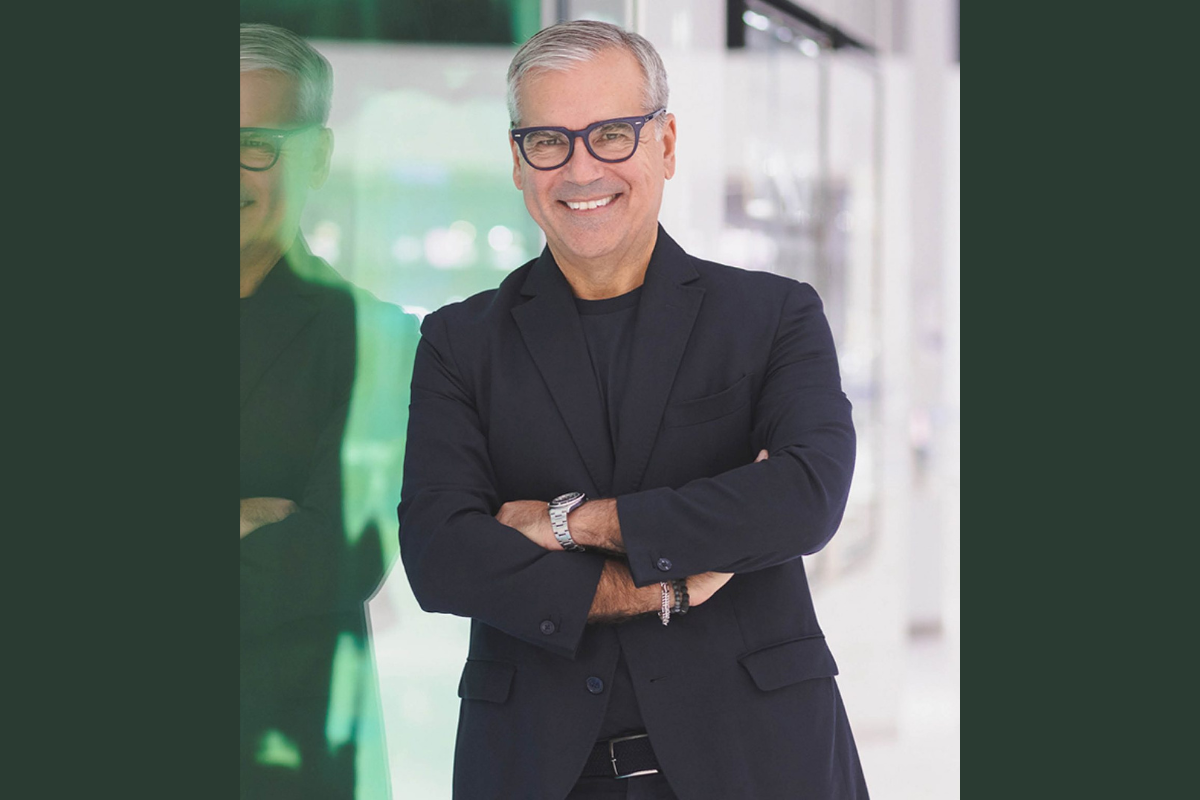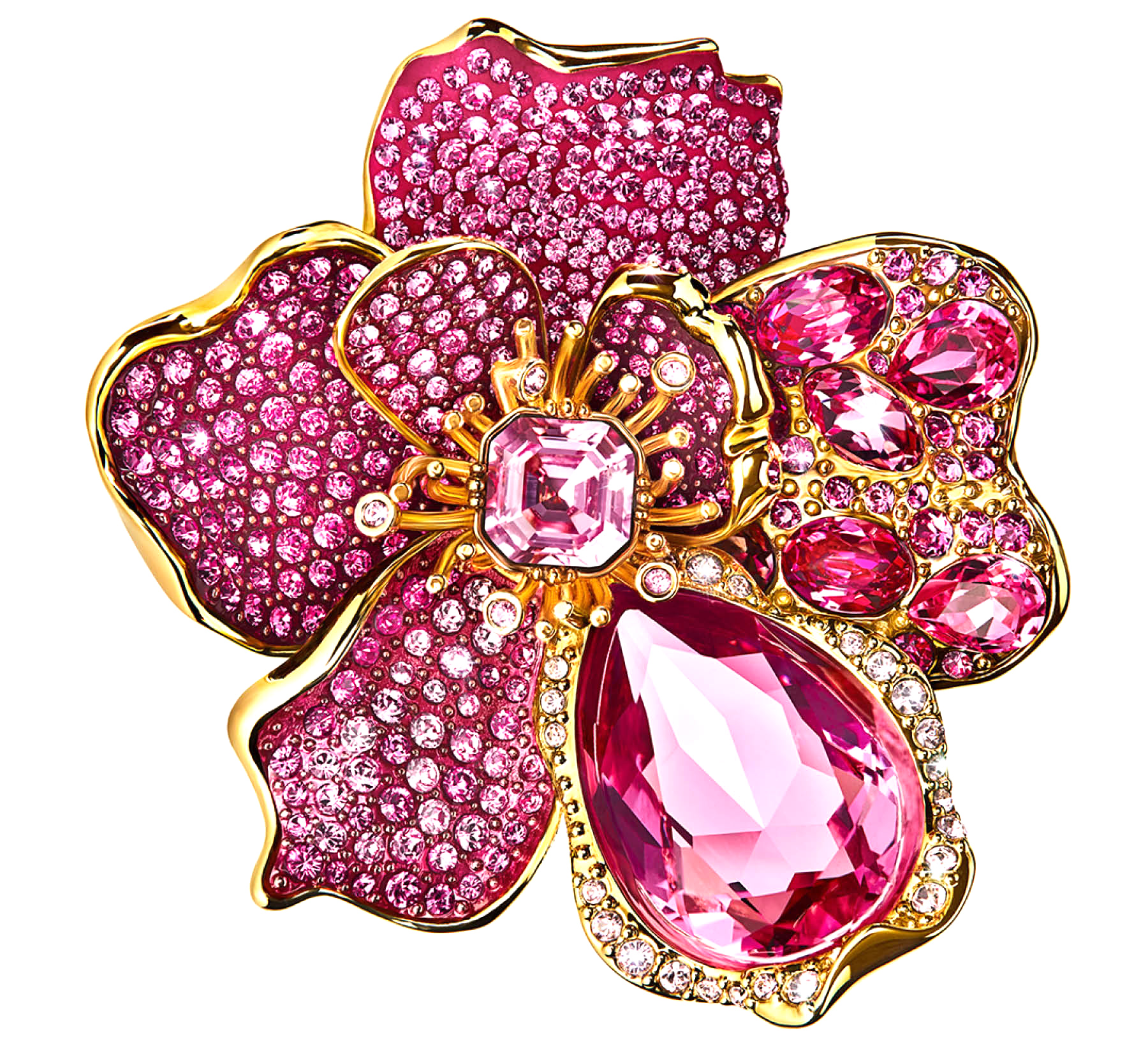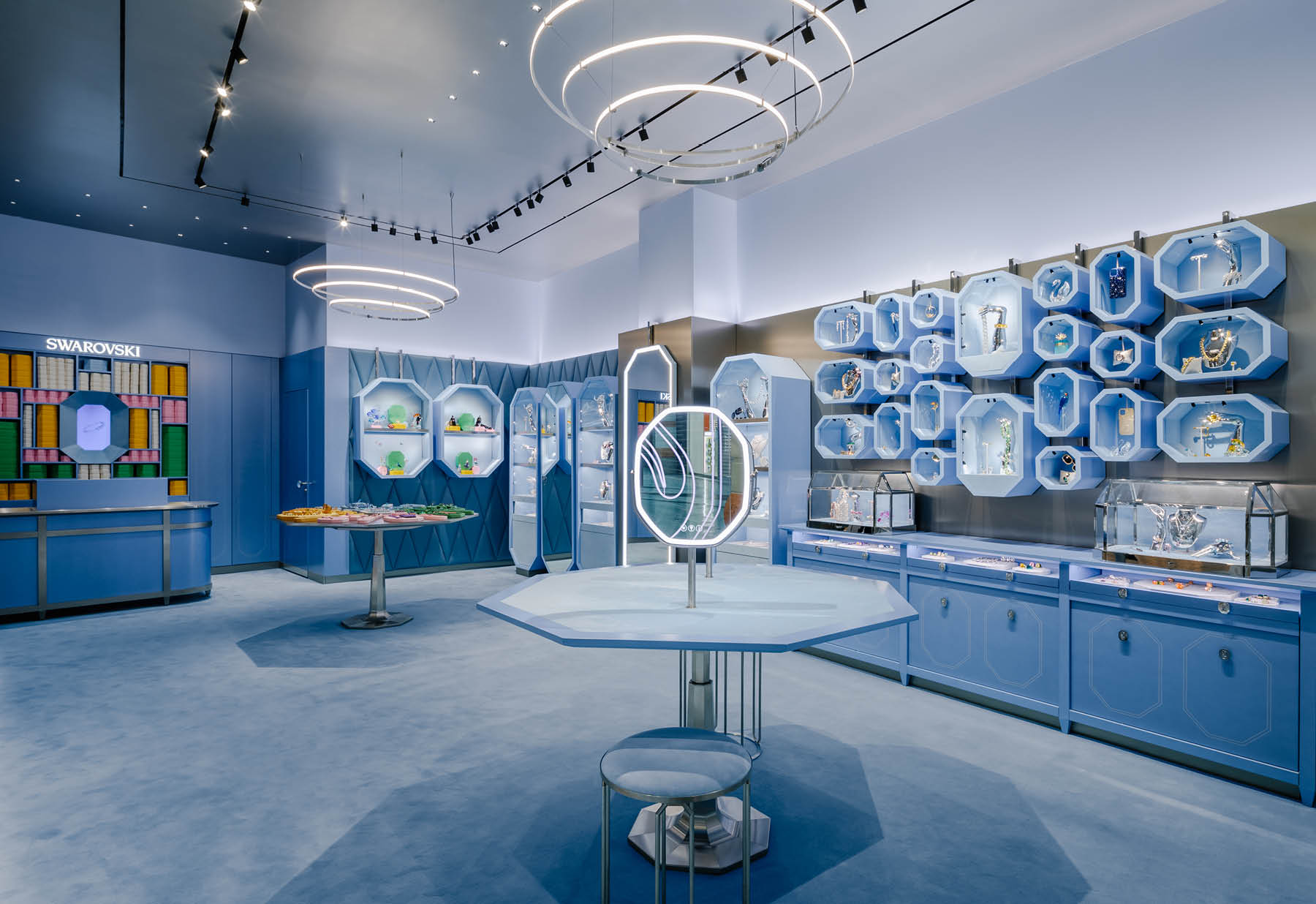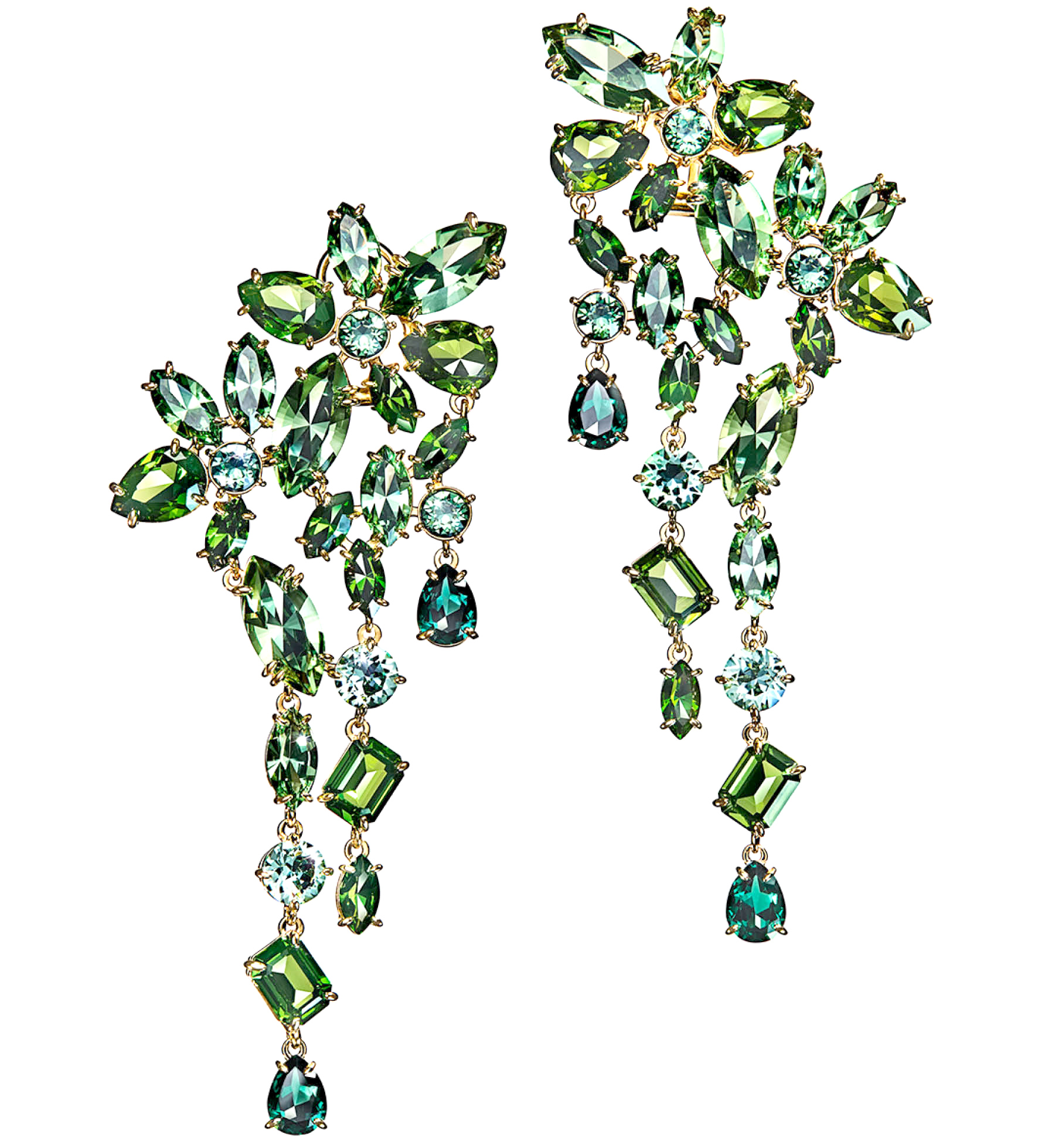It’s one of the most instantly recognizable brands in the world, a household name renowned for its shimmering, immaculately cut crystals and the plethora of forms they take.

Since its inception in 1895, Swarovski has established itself as a leader in the luxury jewelry space, expertly crafting highly sought-after pieces that never go out of style.
“Our heritage, our DNA and our craftsmanship set us apart from competitors,” CEO Alexis Nasard tells The CEO Magazine. “Nobody can melt, cut and refine crystals like Swarovski can. And in terms of creativity, when you go to our stores, more times than not you’re going to see something that puts a smile on your face and tempts you to try or makes you think about a gift to a loved one.

If one can manage to harness the power of the DNA of this brand, it can do a lot for the company and for the business.
“It has a personality that is so unique and such a stimulus to the imagination that it’s very hard to confuse it with anything else,” he continues. “So if one can manage to harness the power of the DNA of this brand, it can do a lot for the company and for culture in general.”
Priority on diversity
Diversity is at the forefront of everything Swarovski does. But far from being just another buzzword or box to tick, the company practices it in a very broad sense.
“We believe in this for a reason,” Nasard says. “You cannot be a truly creative organization if you’re unable to foster diversity of thinking as well as various cultural influences. People who come from different backgrounds tend to enrich the creative bandwidth of a company. Many people talk a lot about it, but we actually do it.”
He notes that the 77 percent of the staff is female, including more than half of the managers.
“So we’re walking the talk and we’re very committed to it, not only from a gender standpoint, but also from a cultural standpoint.”
The emphasis on a strong culture is manifested in a multitude of ways, but at its core, it comes down to the type of people that choose to work for Swarovski and their alignment of values with the brand.
“Everybody will tell you, ‘Oh, our people are passionate.’ But I’ve worked in many companies. And in the end I have rarely seen people so attached to their brand and to its heritage than Swarovski people,” Nasard says.

In the end, what business are we in? We’re in the business of selling beautiful things in beautiful places and everything needs to be beautiful.
“And I think it’s a very, very powerful asset. It is a company that has people who are very competent in their fields, but they’re not arrogant. Swarovski people are humble, they’re willing to read, to learn, and willing to change.”
There is also one other key aspect of his staff, Nasard says.
“Lastly, Swarovski people have taste,” he claims. “In the end, what business are we in? We’re in the business of selling beautiful things in beautiful places and everything needs to be beautiful. That is why having an organization that has an intrinsic sense of taste is very important.”
Protecting the brand
Swarovski is vertically integrated and it primarily conducts its own R&D in-house, believing that it is important to be responsible for its end-to-end supply chain in order to be a credible luxury brand. The company does rely on a select few suppliers who are dependable and ultimately share the same priorities.
“The more we can develop trust and interdependence with suppliers, the more we want to work with them for the long term,” Nasard says. “There are lots of benefits to that. The most important one is what I call brand trust.
“When you are a brand like us, customers trust you and they trust that your product has been made with quality, properly,” he continues. “That they can trace your provenance and see that it’s been produced through ethical means, and that speaks for us to have a tight control of our activity system with external suppliers.
“The less we have, the better job we could do at this. So it’s not only expediency and practicality, but it’s also brand equity and social responsibility for us.”

In our view, Swarovski is a brand that is supposed to define trends, not to follow them.
In terms of staying fresh and continuing to appeal to future generations, Nasard says it comes down to looking at fundamental evolutions of culture and trends, and being able to predict what the customer wants even before they know what they want.
“One of my favorite quotes was by Henry Ford who said, ‘If you asked a customer what they wanted, they would’ve told you faster horses,’” Nasard says with a laugh. “Customers only react to their existing references. But we say, based on our experience, generally what typology of designs tend to work more or less with our customers? What do they actually expect from Swarovski based on past history?”
He believes it all comes down to one key issue.
“In our view, Swarosvki is a brand that is supposed to define trends, not to follow them,” he says. “What I tell our marketing and product creation group is that our role is not to offer the customer what she wants. We have to make her want what we make.”



